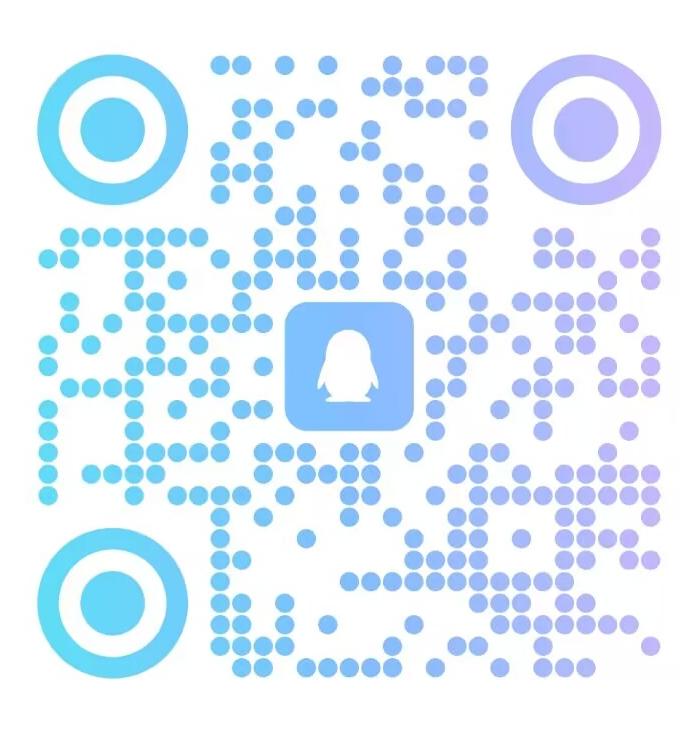QQ扫一扫联系

Text 2
Pretty in pink: adult women do not remember being so obsessed with the colour, yet it is pervasive in our young girls' lives. It is not that pink is intrinsically bad, but it is such a tiny slice of the rainbow and, though it may celebrate girlhood in one way, it also repeatedly and firmly fuses girls' identity to appearance. Then it presents that connection, even among two-year-olds, between girls as not only innocent but as evidence of innocence. Looking around, I despaired at the singular lack of imagination about girls' lives and interests.
Girls' attraction to pink may seem unavoidable, somehow encoded in their DNA, but according to Jo Paoletti, an associate professor of American Studies, it is not. Children were not colour-coded at all until the early 20th century: in the era before domestic washing machines all babies wore white as a practical matter, since the only way of getting clothes clean was to boil them. What's more, both boys and girls wore what were thought of as gender-neutral dresses. When nursery colours were introduced, pink was actually considered the more masculine colour, a pastel version of red, which was associated with strength. Blue, with its intimations of the Virgin Mary, constancy and faithfulness, symbolised femininity. It was not until the mid-1980s, when amplifying age and sex differences became a dominant children's marketing strategy, that pink fully came into its own, when it began to seem inherently attractive to girls, part of what defined them as female, at least for the first few critical years
I had not realised how profoundly marketing trends dictated our perception of what is natural to kids, including our core beliefs about their psychological development. Take the toddler. I assumed that phase was something experts developed after years of research into children's behaviour: wrong. Turns out according to Daniel Cook a historian of childhood consumerism it was popularised as a marketing trick by clothing manufacturers in the 1930s
Trade publications counselled department stores that, in order to increase sales, they should create a" third stepping stone" between infant wear and older kids'clothes. It was only after " toddler" became a common shoppers' term that it evolved into a broadly accepted developmental stage. Splitting kids, or adults into ever-tinier categories has proved a sure-fire way to boost profits. And one of the easiest ways to segment a market is to magnify gender differences-or invent them where they did not previously exist.
26. By saying " it is.. . the rainbow" ( Para. 1) , the author means pink
A. cannot explain girls lack of imagination
B. should not be associated with girls' innocence
C. should not be the sole representation of girlhood
D. cannot influence girls' lives and interests
27. According to Paragraph 2, which of the following is true of colours?
A. Colours are encoded in girls' DNA.
B. Blue used to be regarded as the colour for girls
C. White is preferred by babies
D. Pink used to be a neutral colour in symbolising genders
28. The author suggests that our perception of children's psychological development was much influenced by
A. the observation of children's nature
B. the marketing of products for children
C. researches into children' s behaviour
D. studies of childhood consumption
29. We may learn from Paragraph 4 that department stores were advised to
A. classify consumers into smaller groups
B. attach equal importance to different genders
C. focus on infant wear and older kids' clothes
D. create some common shoppers' terms
30. It can be concluded that girls' attraction to pink seems to be
A. fully understood by clothing manufacturers
B. clearly explained by their inborn tendency
C. mainly imposed by profit-driven businessmen
D. well interpreted by psychological experts